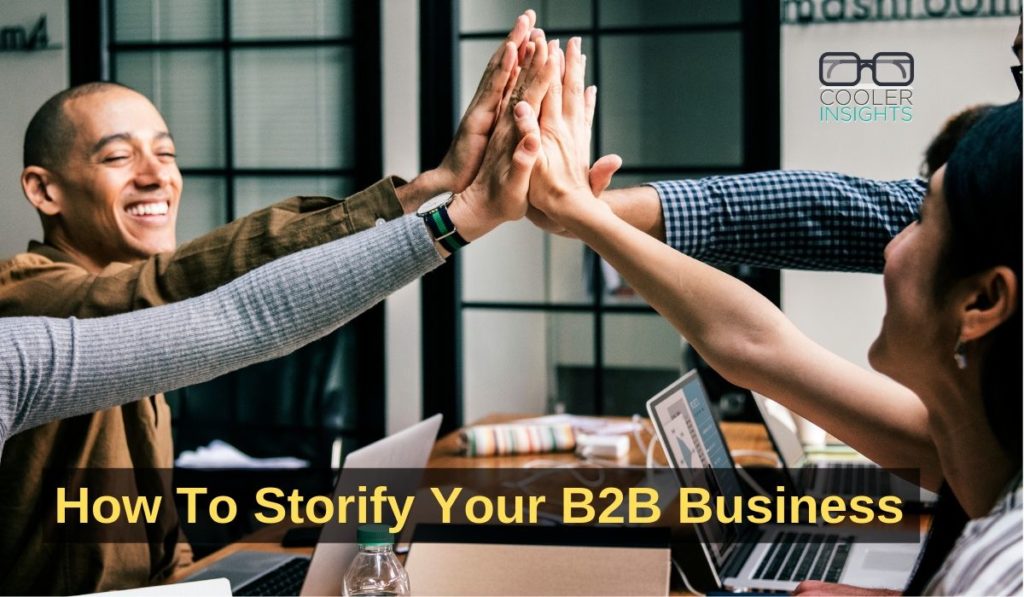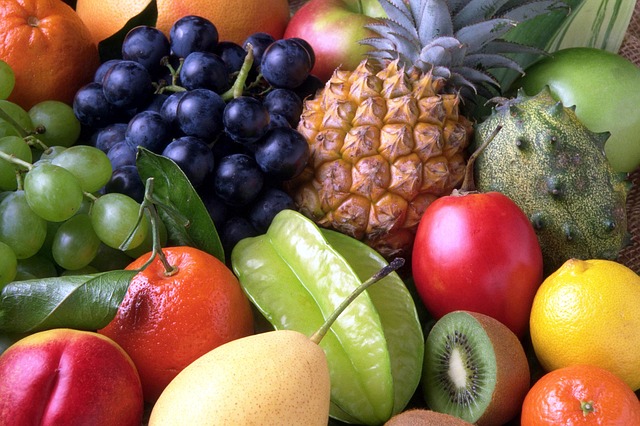
How can marketers navigate an “always on” digital world? Can we achieve greater balance and control of our work and personal lives?
Yes we can! At least according to Lisa Nirell in her latest book “The Mindful Marketer”.

How can marketers navigate an “always on” digital world? Can we achieve greater balance and control of our work and personal lives?
Yes we can! At least according to Lisa Nirell in her latest book “The Mindful Marketer”.
Oh dear! Customer satisfaction has dropped this year, according to a survey done by the Institute of Service Excellence (ISES).
Reading various reports in The Straits Times, TODAY and Business Times, several sobering statistics await us:

Content marketing and social storytelling are the new pink.
If you can’t tell, you can’t sell.
Global businesses like Coke, Amazon, Hyatt, Red Bull, Starbucks and Ben & Jerry’s have successful used content marketing and social storytelling to captivate audiences, grow communities and deepen brand affiliations.

Internet giant Yahoo! is quite a different company these days.
Anchored on its four pillars of growth – mobile, social, native advertising, and videos – the California based company focuses more of its energies these days on creating and curating digital content offered through its multiple online and social platforms. By doing so, it seeks to attract more audiences and advertisers.
How do we combine the discipline of media planning with cutting edge developments in the digital age?
Well, Antony Young of the Water Cooler Group seem to have the answer. In the second edition of his book Brand Media Strategy, Antony delves deep into the discipline of integrated communications planning, showing us how we can develop a strategic and holistic plan to drive brand marketing across all media touch points – traditional, experiential, digital and word of mouth.
Do you know that telcos are the most “socially devoted” brands in Singapore? Or that an infant milk powder brand has the greatest engagement rate for its Facebook posts?
These interesting insights and more were revealed by social listening and analytics software as a service provider Social Bakers in their October report charting out Singapore’s social media scene. Delivered in the form of a detailed infographic, Social Bakers’ report highlighted the top industries and brands engaged in Facebook, Twitter and YouTube.

We are living in the age of “porn”. And most of it has very little to do with sex.
Unlike the more salacious kind, such “porn” are usually completely safe for families and kids. Unfortunately, like their more notorious namesake, such behaviours could be addictive. Carried to extremes, they can be unhealthy for one’s mental and physical well-being.
In fact, some of us are so obsessive compulsive about capturing and sharing every waking moment that we end up suffering cold turkey if our Digital Documenting & Distribution Devices (4Ds) go haywire or are wrangled away from us!
What are the kinds of “porn” that we are talking about?
Everybody’s on an instant messaging app these days.
Fast, convenient and almost idiot-proof, they allow us to communicate quickly with each other via text, photos, videos and more. Tapping on our data connections – be it 4G or WiFi – data-based messaging is just as instantaneous as SMSes without incurring higher mobile charges.
However, messaging on a consumer platform becomes a little dicey when it comes to work. For a start, what happens if an employee leaves the organisation? Would the organisation still be able to access his or her message files and records?
Consumer instant messaging platforms may also be subject to various security risks like phishing attempts or “poison URLs”. In addition, archiving key decisions made via messaging may be virtually impossible due to personal privacy issues.
What then should companies do?

Source of image
Social media is a double-edged sword.
Put to good use, it can be a salve for humanity’s woes. Social media allows us to share helpful content, seed ideas, connect with long-lost friends, and form communities around specific interests, relationships and affinities. It also lowers the communication barriers for small businesses, solo-preneurs and freelance talents, allowing them to reach their markets at a fraction of the cost.
Unfortunately, social media isn’t always “sugar, spice and everything nice”. Anybody who creates and publishes public content on a blog, YouTube channel, Facebook page or Twitter account know that it comes with the inherent risks of being flamed or criticised.
Do you know that the views and opinions shared by social influencers aren’t always right? In fact, there is a good chance that they may be wrong.
Now wait a minute.
I am not saying that these luminaries aren’t credible or respectable. In fact, they often have them by the truckloads.